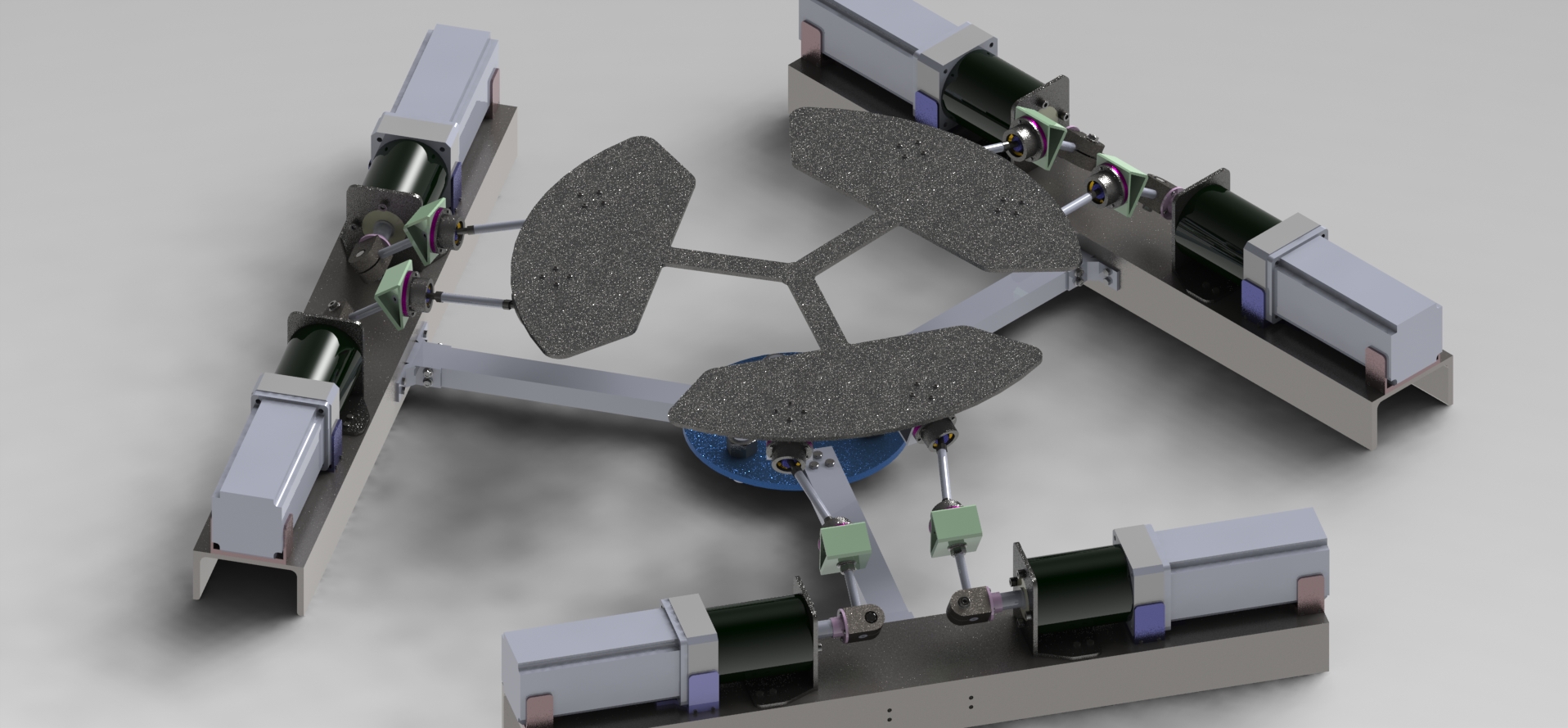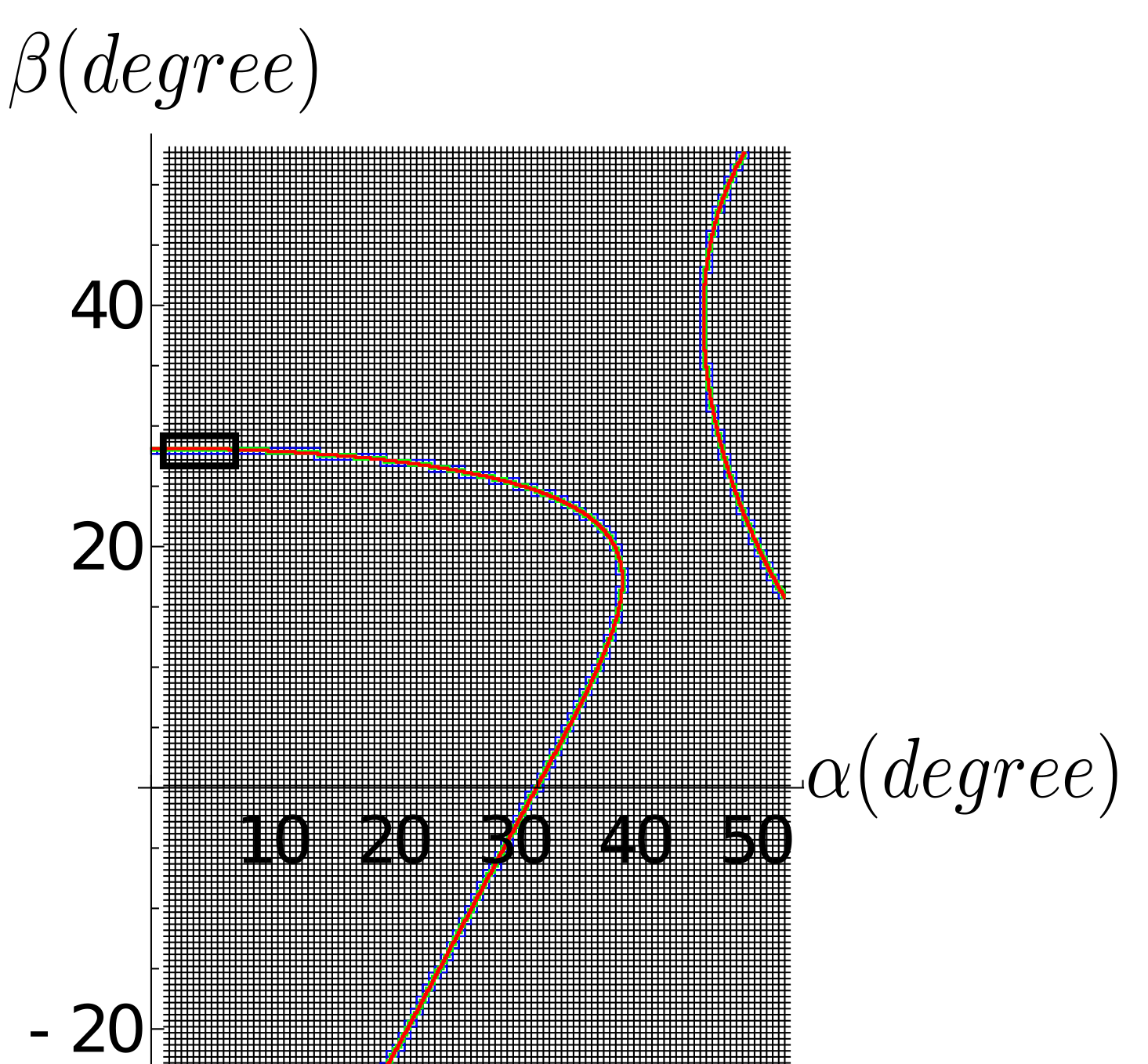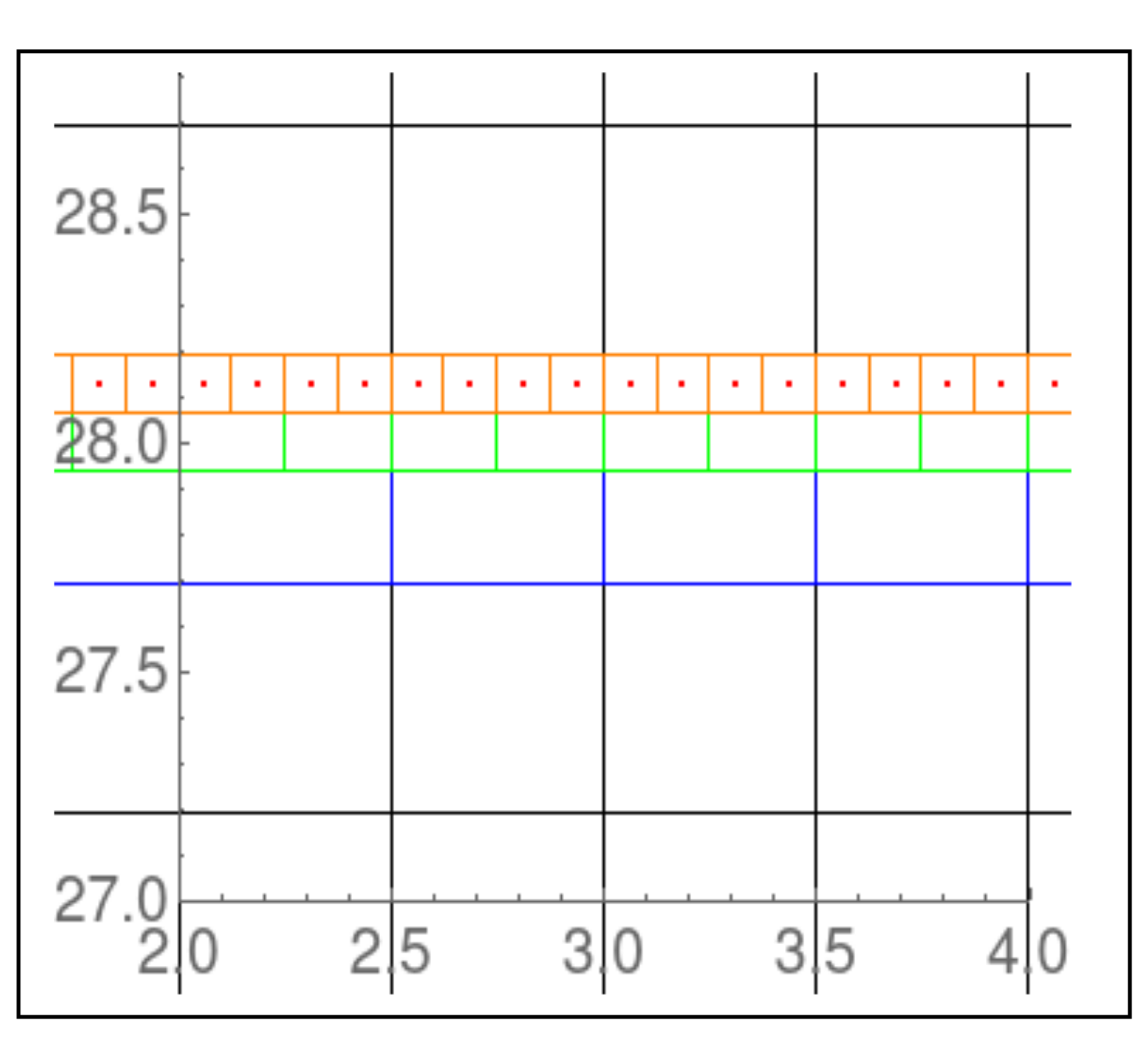Parallel Robots
Robotics Laboratory
Department of Engineering Design, IIT Madras


Finding non-singular optimal trajectories for parallel manipulators in addition to satisfying its kinematic and dynamic constraints is the main focus of this work. Parallel manipulators are the choice of manipulators here for having immense advantages over their serial counterparts in terms of payload, stiffness and accuracy. All the parallel manipulators need to have precise and accurate path planning strategies to overcome the general disadvantages associated with them like lower expanse of workspace and inherent internal singularities. One needs to have a deeper understanding of the singularities of the manipulator, where it loses or gains degree-of-freedom(s), or there is link-link interference, to be able to do its path planning. The manipulator should avoid these singularities mentioned above since hitting them may make the manipulator uncontrollable or completely dis-functional. The path planning methods for parallel manipulators, existing in the present literature, are not foolproof or algorithmically complete and do not deal extensively with all the singularities associated with parallel manipulators. In this work, a geometric and analytic solution approach towards finding a non-singular optimal trajectory for standard parallel manipulators like semi-regular Stewart platform manipulator (SRSPM) is emphasised.
Faculty in-charge: Prof. Sandipan Bandyopadhyay
Students: Mr. Prem Kumar Prasad

Six degrees-of-freedom platforms are used in the field of medical rehabilitation in helping patients who have lost the ability of movement. Stewart platform is commonly used in this application. The objective of this project is to come up with a design procedure for a 6-RSS manipulator which is kinematically similar to Stewart platform, thus possibly reducing the expense for these rehab-platforms drastically. The design procedure uses the concepts of safe working zone. Design optimisation is done with reduction of actuator sizes as an objective. Workspace data from commercially available rehab-platforms like CAREN is used as a benchmark. The manufacturing of the manipulator is going on.
Faculty in-charge: Prof. Sandipan Bandyopadhyay
Students: Mr. Safar V., Mr. Bibekananda Patra

3D rendered model of the 6-RSS manipulator
The safe working zone (SWZ) of a parallel manipulator is a subset of its workspace where the manipulator can move and be controlled freely, i.e., without crossing the singularities and physical limitations. The SWZ of an existing manipulator needs to be identified only once. However, a manipulator also can be designed for certain user-specified dimensions of the SWZ, which requires the computation of the SWZ for many potential design combinations. The computation of the SWZ, therefore, needs to be both accurate and fast. Several options exist w.r.t. the choice of the SWZ geometry and the corresponding strategies for the implementation of the numerical scanners that are employed to compute the SWZ. These scanners essentially identify the zero level-sets of the boundary functions in the 3-D space associated with the degree-of-freedom (DoF) of the manipulator. The scanners are compared for their computational efficacy and efficiency by applying them to different parallel manipulators to find their SWZ.
Faculty in-charge: Prof. Sandipan Bandyopadhyay
Students: Mr. Bibekananda Patra, Mr. Safar V.

